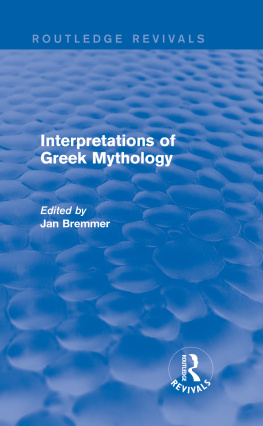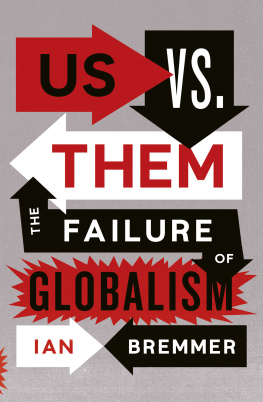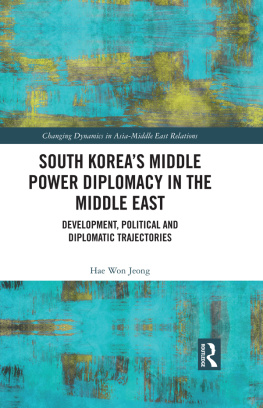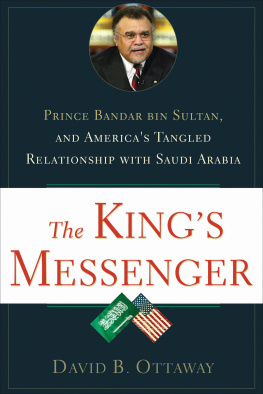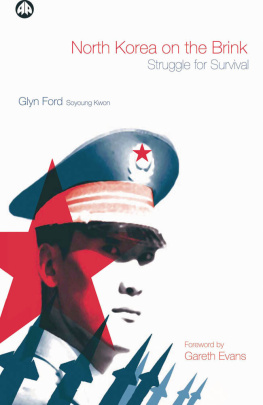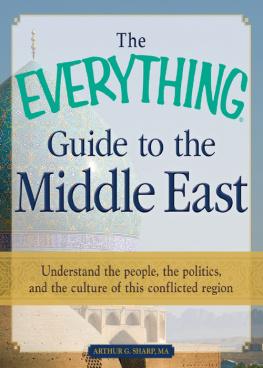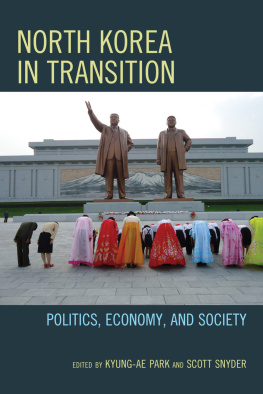
SIMON & SCHUSTER
Rockefeller Center
1230 Avenue of the Americas
New York, NY 10020
Copyright 2006 by Ian Bremmer
All rights reserved,
including the right of reproduction
in whole or in part in any form.
SIMON & SCHUSTER and colophon are registered trademarks of Simon & Schuster, Inc.
Designed by Dana Sloan
Library of Congress Cataloging-in-Publication Data
Bremmer, Ian, date.
The J curve : a new way to understand why nations rise and fall / Ian Bremmer.
p. cm.
Includes bibliographical references and index.
1. Political developmentCase studies. 2. Political stabilityCase studies.
3. World politics. 4. AuthoritarianismCase studies. 5. DemocratizationCase studies. 6. United StatesForeign relations. I. Title.
JC489.B74 2006
320.3dc22 2006040339
ISBN-13: 978-0-7432-9371-6
ISBN-10: 0-7432-9371-1
Visit us on the World Wide Web:
http://www.SimonSays.com
Contents
Foreword
T his book offers a new framework with which to answer the following questions: How can we better understand the natural processes that erode the power of authoritarian regimes and nourish open governance? In an age when political instability can produce nuclear terrorism, severe economic disruption, and the transnational movement of crime, refugees, drugs, and disease, how can we more accurately forecast the moment when isolated states descend into chaos? How can the international community help these states manage their transitions toward greater harmony with the world around them? How can U.S. policymakers create a more effective foreign policy?
Over the next six chapters, we will visit several countries. Some are police states. Others are authoritarian regimes that are open, to a limited extent, to outside political, economic, and social influences. Some of these states have faced chaotic instability. A few have built relatively stable societies based on open governance. Most are countries of great interest for the United States. All illustrate how policymakers can better understand the potential sources of change (positive and negative) within these states, how those changes influence international stability, and how policymakers can use a new set of tools to achieve the outcomes they seek.
Twelve countries will be examined in depth. In each case, I will offer a modest amount of history intended to reveal both the special circumstances that make each foreign-policy challenge unique and the diversity of opportunities and dangers these states pose for the United States and the international community. I will also examine how U.S. policymakers have approached these opportunities in the past and how they can address them in the future.
In the final chapter, Ill offer suggestions about how decision-makers in states with stable and mature governance can use the tools described in this book to protect their individual national interests and to help the citizens of authoritarian states begin to build dynamic open societies.
Chapter One
Stability, Openness,
and the J Curve
O n February 10, 2005, North Koreas state-run Pyongyang Radio informed its captive audience that the president of the United States had developed a plan to engulf the world in a sea of flames and to rule the planet through the forced imposition of freedom. In self-defense, the newsreader continued, North Korea had manufactured nuclear weapons.
That evening, Rick Nieman of the Netherlands RTL Television asked U.S. Secretary of State Condoleezza Rice to respond to Pyongyangs assertion that North Korea needed nuclear weapons to cope with the Bush administrations ever more undisguised policy to isolatethe Democratic Peoples Republic of Korea. Rice countered: This is a state that has been isolated completely for its entire history. They have been told that if they simply make the decisionto give up their nuclear weapons and nuclear-weapons program, to dismantle them verifiably and irreversibly, there is a completely new path available to them. So the North Koreans should reassess this and try to end their own isolation.
Thats the official U.S. policy on North Korea: If North Korea submits to the complete, verifiable, irreversible dismantlement of its nuclear program, Washington will end North Koreas isolation and support the integration of Kim Jong-Ils regime into the international community. If, on the other hand, North Korea persists in developing its nuclear capacity, Washington will further deepen North Koreas isolation.
To many, this policy is grounded in common sense. If North Korea begins to behave as Washington wants, the United States should reward the regime. If it does not, Washington should further seal it off. If Kim will quiet the relentless drumbeat of war and renounce his campaign to build an arsenal of the worlds most destructive weapons, Washington should allow North Korea to escape its wretched isolation. If, on the other hand, North Korea insists on causing trouble, bargains in bad faith, ratchets up tensions in East Asia, violates its agreements, and perhaps even sells the worlds most dangerous weapons to the worlds most dangerous people, the regime must be swiftly and soundly punished. Kim Jong-Il and those who administer his government must be persuaded that his broken promises and misdeeds doom his regime to perpetual quarantine.
If this policy is properly applied, so the thinking goes, the message will be received far beyond North Korea. Common sense demands that Washington demonstrate that America stands ready to achieve its foreign- and security-policy goals with the sweetest carrots and sharpest sticks available. So the thinking goes.
But, as well see in the next chapter, this approach has failed to help Washington achieve its goals in North Korea. In fact, it has produced policies that have had virtually the opposite of their intended effects. Of course, U.S. foreign policies that produce the reverse of their intended consequences are not limited to either North Korea or the George W. Bush administration. Policy failures over many decades in Iraq, Iran, Cuba, Russia, and many other states demonstrate that policymakers need an entirely new geopolitical framework, one that captures the way decision-makers within these states calculate their interests and make their choicesand one that offers insight into how more effective U.S. policies can be formulated.
There is a counterintuitive relationship between a nations stability and its openness, both to the influences of the outside world and within its borders. Certain statesNorth Korea, Burma, Belarus, Zimbabweare stable precisely because they are closed. The slightest influence on their citizens from the outside could push the most rigid of these states toward dangerous instability. If half the people of North Korea saw twenty minutes of CNN (or of Al Jazeera for that matter), they would realize how egregiously their government lies to them about life beyond the walls. That realization could provoke widespread social upheaval. The slightest improvement in the ability of a countrys citizens to communicate with one anotherthe introduction of telephones, e-mail, or text-messaging into an authoritarian statecan likewise undermine the states monopoly on information.


